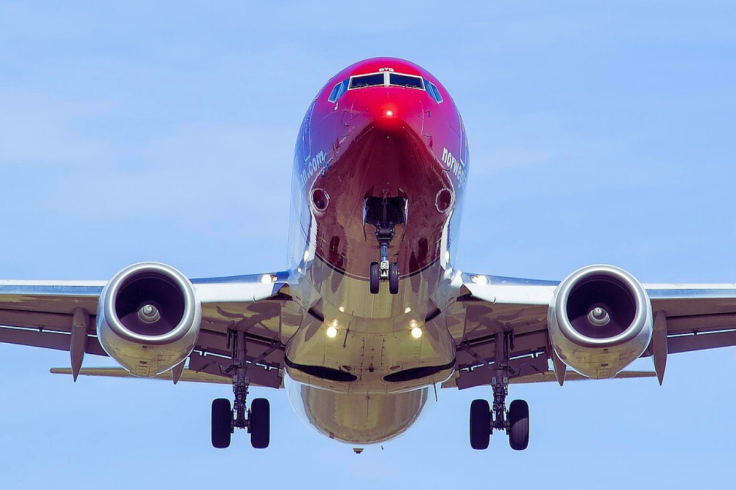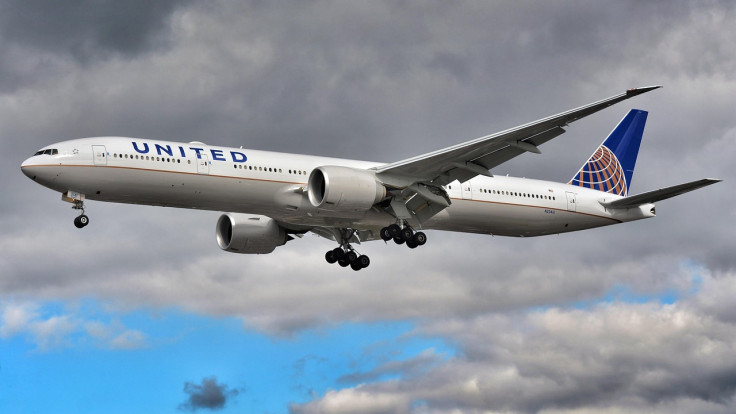Boeing 787 Dreamliner Crash Narrowly Avoided After Engine Failure Triggers Mayday Call
Mid-Air scare forces Boeing 787-8 Dreamliner to return to Washington Dulles.

A United Airlines Boeing 787-8 Dreamliner narrowly avoided disaster last Friday, 25 July, after suffering an engine failure shortly after take-off from Washington Dulles International Airport.
According to reports, the aircraft, operating as Flight UA108 and bound for Munich, was forced to return to the airport after the crew declared a 'Mayday' at around 5,000 feet altitude.
The pilots reported a malfunction in the aircraft's left engine just minutes into the flight. In coordination with air traffic control (ATC), the crew initiated emergency procedures to ensure a safe landing back at Dulles. No injuries were reported, and all passengers and crew disembarked safely.
Emergency Declared and Engine Failure Confirmed
According to flight data and air traffic recordings, the aircraft's left engine failed as it was climbing after departure. The crew made the emergency call 'Mayday, Mayday, Mayday' and advised ATC of the malfunction.

In response, the aircraft was directed into a holding pattern northwest of Washington to begin dumping fuel, a necessary step to reduce landing weight and minimise structural stress on touchdown.
ATC asked the pilots, 'How long do you expect to hold, fuel, or just get set up there?' The pilot responded, 'We'll have to climb six [thousand feet] and adjust fuel.'
Fuel Dumping and Coordination with ATC
Over the next several minutes, the Dreamliner remained at around 6,000 feet, flying pre-determined headings to safely release fuel while remaining clear of other air traffic. ATC closely monitored the aircraft and issued vectors to help the pilots avoid any congestion in the airspace.
The pilot later informed ATC, 'We're dumping fuel at six thousand. We'll let you know when complete.' Once the process was finished, the crew requested an Instrument Landing System (ILS) approach to Runway 19C at Dulles.
No Injuries, but Aviation Concerns Grow
The aircraft made a safe landing without further complications and ended without any harm to everyone on board. However, due to the engine failure, it was unable to taxi under its own power and had to be towed off the runway by ground crews.

As of this week, the aircraft remains grounded at Washington Dulles while engineers inspect the engine and determine the extent of the damage. Meanwhile, the incident has raised new questions around engine reliability on Boeing 787 aircraft.
The 787-8 Dreamliner is a long-haul, twin-engine jet known for its fuel efficiency and cutting-edge technology. However, recent incidents, including a deadly crash involving an Air India 787 last month, have brought scrutiny to the model's safety record.
In the Air India case, both engines failed shortly after take-off from Ahmedabad, resulting in a tragic crash that killed more than 260 people. That accident remains under investigation, but the similarities to the United Airlines emergency have not gone unnoticed in the industry.
Aviation Industry Watching Closely
Meanwhile, Boeing and United Airlines have yet to issue a detailed public statement on the cause of the UA108 engine failure. According to reports, aviation authorities, including the Federal Aviation Administration (FAA), are expected to investigate the incident in due course.
While the professionalism of the UA108 crew is being widely praised, it cannot be ignored that the event is another addition to growing reports of aircraft malfunctions in 2025, which keeps growing as the globe moves ahead in the year.

In June, an Ethiopian Airlines Boeing 787 en route from Addis Ababa to Mumbai experienced a mid-air depressurisation event, prompting an emergency descent. The cabin oxygen masks were deployed, and seven passengers required medical attention upon landing in Mumbai.
Meanwhile, on Saturday, an American Airlines Boeing 737 MAX 8 was forced to evacuate passengers using emergency slides due to smoke in the cabin. The US Federal Aviation Administration later cited a possible landing gear issue, though the airline traced it back to a tyre problem.
While such incidents are still rare, the recent mishaps call for broader safety protocols to ensure the safety of passengers and to avoid any future aviation incidents.
© Copyright IBTimes 2025. All rights reserved.





















